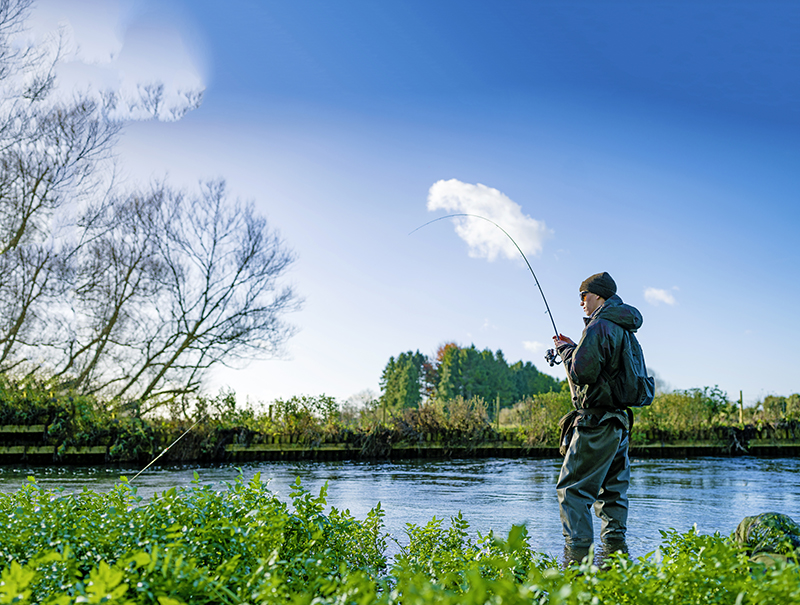Trent barbel study needs your help!
Anglers are being called on to target barbel in the Trent and help with a ground-breaking study to make the nation’s favourite river even better.
The Trent is regarded as arguably the finest big-barbel water in the UK – not just for the size of fish that have been caught to over 19lb, but also the numbers of double-figure specimens that are spread throughout the whole river.
Now, in a bid to find out more about the stocks and ensure the barbel within the river continue to thrive, the Environment Agency has called for anglers’ help.
It wants them to collect vital information from the capture of adult barbel and chub with the help of a free scale-removing kit.
Each kit contains a cloth tape measure, tweezers, a detailed questionnaire, scale packets and instructions of how to remove a scale safely and without harming the fish.
The East Midlands Area Fisheries team is calling for Trent visitors to use this to not only record fish lengths and other information, but also to harvest scales which will allow the fish health and ageing team to investigate the population’s age, growth, length structures and year class strength.
Scale analysis can also reveal important information about diet and genetics.
“Our surveys suggest that the fish populations in the River Trent are doing well and reports of anglers’ catches support this,” said Karen Twine, who’s running the project with Ryan Taylor.
“We do, however, know that large lowland rivers like the Trent are notoriously difficult to survey and all applied survey techniques have their limitations.
“It is for this reason that we are hoping to adopt a complementary approach to assess two species of high angler interest – barbel and chub – with the aim to increase our understanding of the current population and ensure that the present success continues.
“We know Trent barbel and chub are ‘recruiting’, but we are working with Hull International Fisheries Institute to get an accurate measure using an 18-year data set from fry netting surveys along the Trent.”
The current study is focused on the lower Trent, from Sawley to the tidal section.
The project has an initial aim to collect as much information on both species as possible until the end of the season.
“It is very important that the information provided is truthful and the questionnaire in the free pack is filled out any time they go fishing – even if they don’t catch anything,” Karen said.
“We can also arrange events for those volunteering, where we can demonstrate how to measure and take a scale sample without hurting the fish, so that volunteers can feel more confident in supporting the project.
“A detailed report will follow the research and, to keep everyone engaged and assess our success, we will begin producing an interim report in the New Year to share the results with all involved anglers and angling clubs/societies.
“We are hoping to extend the project to the Soar and Derwent, as well as continue into the upper Trent working with West Midlands teams in the near future,” said Karen.
“We’d also like to take this opportunity to thank those anglers who have already provided us with their catch data, and got the project off the ground,” she added.
Trent expert and barbel fishing fanatic Alfie Naylor, who lives in Nottinghamshire, has one of the Environment Agency kits and is urging other anglers to take part in the research.
“I think this is a fantastic idea and I’ll be using my kit for sure,” he said.
“Lots of anglers like myself are getting so much enjoyment from the huge numbers of big barbel and chub in this river, so it’s only right that we do our best to help put something back.”
Whats in the kit?
each scale-removing kit contains a cloth tape measure, tweezers, a detailed questionnaire, instructions of how to remove a scale safely and addressed envelopes for sending the scale. The scales are sent to the EA’s national fish laboratory for analysis under a lowlight microscope which allows each fish to be aged.
For more information, email Karen Twine on: karen.twine@environment-agency.gov.uk












